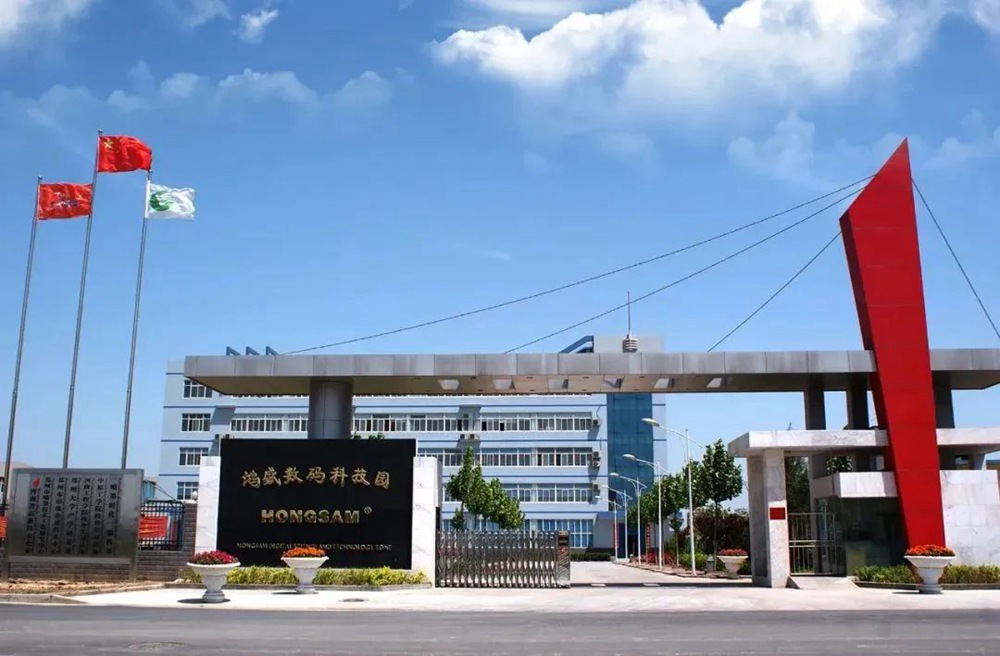 Aug 09,2024
Aug 09,2024

Learn the connections and differences between various factors, analyze the most important factors, so as to find the most likely causes.
1. Dtf ink must be shaken evenly before use.
2. Before printing, adjust the printer, including level, pressure, stroke, etc.
3. Check the original manuscript. Real-time sampling inspection must be carried out when printing to prevent bad products and faults.
4. After printing, dry it, pay attention to adjust the drying temperature and speed, and observe carefully and respond flexibly to emergencies.
5. Pay attention to the environment temperature/humidity, dust and so on in workshop. If there is a powder layer, impurities or moisture on the surface of the film, it will affect the ink adhesion on substrate.
6. If the pattern is brittle, because the toughness is not good, appropriately increase the ink output.
7. If the pattern is cracked, it means the curing time is too long and the ink toughness is not good, because long curing time will cause moire.
8. If the pattern is dirty, check if the paper tension is uneven, and if the ink fluidity is changed. If the plate is pasted, clean the printhead, and then check whether the problem is solved. Spreading ink: the matching of different inks and film will have differences performance, for example, the film is dry, but the printer can not solid ink in large area even after increasing or decreasing the ink output, replace the ink or film.
9. If there is unqualified pattern, check whether the unqualified pattern is regular or random, if the unqualified area is large or small, if the unqualified frequency is high, if these problems have always existed or occasionally appear. When an exact reason cannot be found, change the printing speed, observe the difference of pattern quality in low speed and high speed as a reference, and the printing of different drawings should be matched and adjusted.
Printing is a variable process, variably balance the speed and quality according to different designs. When print large pattern with large area of solid ground color, increase the ink output to facilitate the density of color; when print small pattern, we need small drops of ink, so adjust the and reduce the dtf ink output of color inks. In theory, the white ink needs to be printed stronger than the color ink, so that the pattern can be completely covered. As the amount of white dtf ink is large and the thickness increases, the amount of hot melt powder hanging in the unit area will increase, adjust to the appropriate situation, for example, if there is hanging powder around the pattern, it means that the amount of white ink is too large, reduce the amount of white ink can solve the problem.
10. Anti-sticking: If the images stick when stacking, adjust them to avoid thick stacking, because if the finished products are stacked before the ink is dry, the stacking gravity will easily soften undried film in summer.
11. Methods to prevent static electricity. Adjust the ambient temperature and increase the air humidity. Generally, the temperature should be 20-26, and the relative humidity shall be about 60%. Install general grounding devices.
